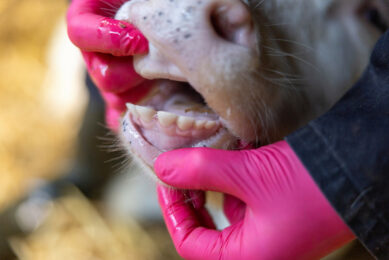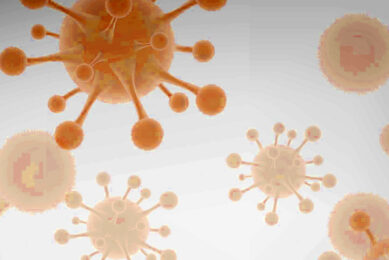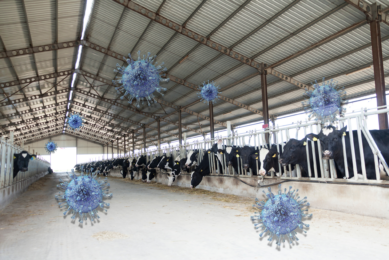Natural alternative: Treat dairy cow mastitis with essential oils
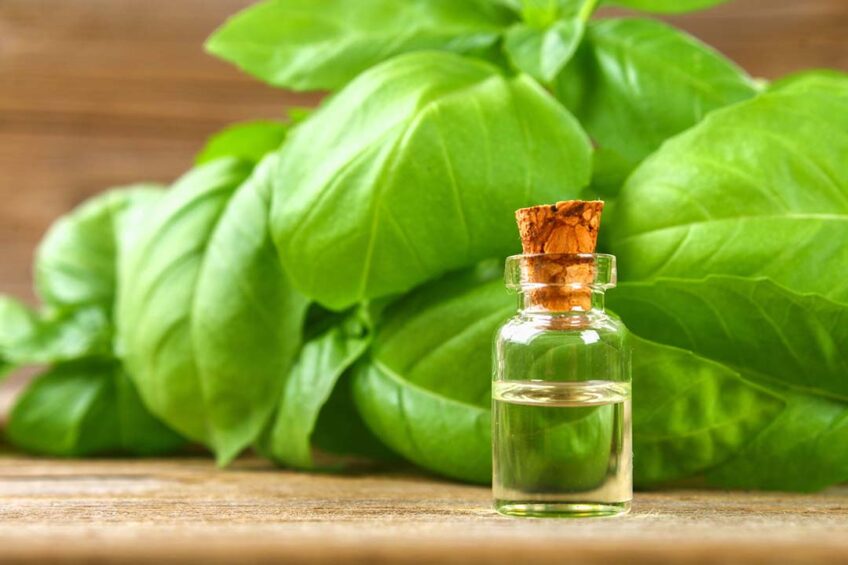
Antibiotic resistance has compromised the efficacy of conventional mastitis treatment protocols, while the antimicrobial residues in milk and the environment are a potential threat to human health. In this recent study, basil and bergamot essential oils have proven effective alternatives for mastitis treatment and a potent solution to reduce the antibiotic resistance problem.
The economic effect of mastitis on dairy farms is significant, and is observed through reduced milk production, increased culling rates, and decreased milk quality. As a reminder, mastitis can be classified into clinical and subclinical forms. Clinical mastitis shows evident signs such as udder inflammation, redness, warmth, and swelling, representing the cardinal signs of inflammation. It is also observed to lead to visible changes in milk, such as clots and discolouration. On the other hand, subclinical mastitis lacks noticeable signs and, as a result, tends to progress into chronic infections.
Studies show Staphylococcus aureus (S. aureus) is a major cause of subclinical mastitis in dairy cows, and its development of antibiotic resistance has limited treatment efficacy. On the other hand, essential oils (EOs) are natural products with a wide range of antimicrobial properties that could be used to treat mastitis. In the current study, researchers from the University of Campinas and Michigan State University assessed the antimicrobial activity of five EOs against S. aureus isolated from subclinical bovine mastitis cases.
Testing the essential oils
According to the researchers, managing subclinical mastitis presents a formidable challenge, mainly due to the biofilm-forming capabilities of S. aureus. In this study, the researchers evaluated the antimicrobial activity of five EOs as potential antimicrobial agents for treating subclinical mastitis caused by S. aureus. A total of fourteen S. aureus isolates were selected, based on the presence of biofilm-forming genes (icaA, icaD, and bap), and were used to determine the antimicrobial capability (by measuring the minimum inhibitory concentration (MIC) and minimum bactericidal concentration (MBC)) of the five EOs (bergamot — Citrus aurantium bergamia, copaiba — Copaifera reticulata, fennel — Foeniculum vulgare, ginger — Zingiber officinale, and basil — Ocimum basilicum).
Bioactive compounds in essential oils
Essential oils are composed of a complex mixture of volatile molecules, which are specific to each plant, including their range of bioactivities; these molecules include alkaloids, monoterpenes, carotenoids, flavonoids, isoflavones, phenolic acids, oxygen-containing and non-oxygenated terpene hydrocarbons, and aldehydes. The various bioactive compounds have been reported to be responsible for the observed antimicrobial activity. The mechanisms of antimicrobial activity of EOs include the degradation of the cell wall and cytoplasmic membrane, cytoplasm coagulation, the inhibition of toxic bacterial metabolites, and the inhibition of the bacterial efflux system. However, the efficacy of antimicrobial activity can vary depending on the pathogen and the composition of the essential oil.
In the current study, researchers grouped the bioactive compounds into their respective chemical classes for each essential oil. Their results showed that, for bergamot, monoterpenes were the most abundant class (about 57%), followed by esters (41%), with alcohols and aldehydes the least abundant. Copaiba was characterised by sesquiterpenes, accounting for 86% of the overall composition. In fennel, phenylpropanoids were overwhelmingly dominant, contributing to about 83% of the total composition. For ginger, sesquiterpenes were the major class, making up approximately 73% of the total oil composition. Lastly, basil essential oil was primarily composed of phenylpropanoids (74%) followed by monoterpenes (22%), while sesquiterpenes were found in smaller proportions.
Antimicrobial activity
Based on the antimicrobial activity results, the EOs displayed varying levels of effectiveness against S. aureus strains, with a clear decreasing order of activity: basil > bergamot > copaiba > ginger > fennel. The antimicrobial activity was determined by measuring the minimum inhibitory concentration (MIC) value of each EO; the MIC value is the lowest concentration of an antibiotic at which bacterial growth is completely inhibited. For each of the EOs, the researchers also measured the minimum bactericidal concentration (MBC), which is the lowest concentration of an antibacterial agent required to kill a particular bacterium.
Compared to the other EOs, basil and bergamot exhibited the highest antimicrobial activity (Figure 1) against S. aureus strains, with lower mean MIC/MBC values of 1.561/2.806 mg per mL and 2.782/4.396 mg per mL, respectively. The low MIC/MBC values of basil and bergamot indicated their ability to inhibit and kill S. aureus at relatively low concentrations. Based on these observations, the researchers suggested that the presence of the bioactive compound estragole in basil EO plays a crucial role in its remarkable antimicrobial activity against S. aureus strains. The antimicrobial activity of bergamot was credited to the presence of monoterpenes as was found in a similar study performed to discover the biological activities of bergamot EO against S. aureus (in this study, d-limonene and γ-terpinene were the major compounds contributing to the antimicrobial activity against S. aureus).
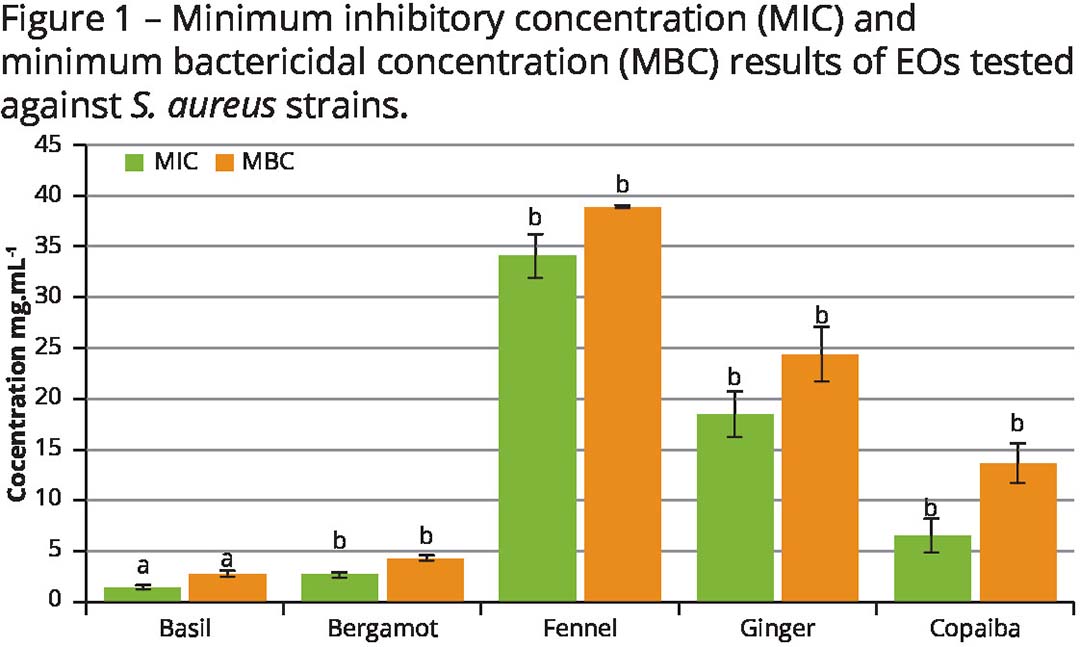 The researchers also highlighted that the other EOs in their study may not be potent solutions for fighting against S. aureus that has biofilm-forming genes (as was the case in their study). They emphasised that “It is important to note that the antimicrobial activity of essential oils can vary depending on the specific pathogen and the composition of the essential oil.”
The researchers also highlighted that the other EOs in their study may not be potent solutions for fighting against S. aureus that has biofilm-forming genes (as was the case in their study). They emphasised that “It is important to note that the antimicrobial activity of essential oils can vary depending on the specific pathogen and the composition of the essential oil.”Further research
Based on the measurements of minimum inhibitory concentration (MIC) and minimum bactericidal concentration (MBC) against the subclinical mastitis-causing bacteria Staphylococcus aureus, basil and bergamot essential oils were the most effective and potential in vivo agents against sub-clinical mastitis. However, the researchers suggested further research to thoroughly evaluate the in vivo safety and efficacy of using essential oils in dairy cows focusing on key bioactive elements in EOs with proven efficacy against S. aureus. They added that future studies should also focus on assessing the long-term effects of EO treatment, including appropriate dosage, application methods, and potential interactions with other medications or treatments.
They concluded that their research highlights the potential of basil and bergamot essential oils as natural antibiotic alternatives for treating mastitis caused by Staphylococcus aureus, highlighting that this could contribute to better animal welfare and public health, in the current context of increased antibiotic resistance and consumer preference for natural treatments.
Based on the original article by Karen Vanessa Munive Nuñez, Anderson Clayton da Silva Abreu, Jaqueline Milagres de Almeida, Juliano Leonel Gonçalves, Érika Carolina Romão Bonsaglia, Marcos Veiga dos Santos and Nathália Cristina Cirone Silva. 2024. Antimicrobial Activity of Selected Essential Oils against Staphylococcus aureus from Bovine Mastitis. Dairy, 5: 54-65.
Join 13,000+ subscribers
Subscribe to our newsletter to stay updated about all the need-to-know content in the dairy sector, two times a week.




